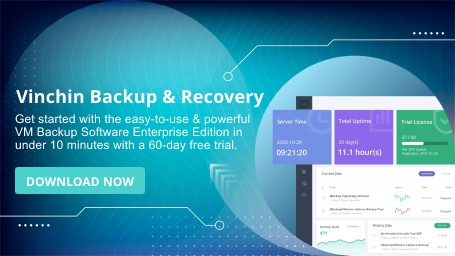-
What is Hyper-V Integration Services?
-
Hyper-V Integration Services Drivers
-
Integration Services Compatibility
-
Installing and Using Hyper-V Integration Services
-
Professional Hyper-V Protection Solution
-
Hyper-V Integration Service FAQs
-
Conclusion
The simplest way to improve virtual machine performance is to use the latest version of Microsoft Hyper-V Integration Services. Integration Services is a collection of features and drivers that allow the guest operating system to utilize virtual hardware. For virtualization administrators, understanding what Integration Services is, what it can do, and when to use it is very important.
What is Hyper-V Integration Services?
Hyper-V Integration Services provides a set of components that help improve virtual machine performance. The components provided by Integration Services are divided into two types: drivers and services. Drivers play a crucial role in enhancing virtual machine performance, while services handle specific tasks. For example, the VMBus driver acts as a communication channel between the virtual machine and the parent partition, improving communication efficiency between the two.
Hyper-V Integration Services installs five services on each virtual machine, each playing an important role in achieving specific functions. These services include operating system shutdown, time synchronization, data exchange, heartbeat, and backup (volume snapshot). Windows Server 2012 R2 also introduced a feature called Guest Services, which allows file copying into the virtual machine.
Operating System Shutdown – Allows the parent partition to shut down the virtual machine
Time Synchronization – Keeps the virtual machine's clock synchronized
Data Exchange – Allows the parent partition to detect virtual machine information, such as operating system version, service pack level, and fully qualified domain name
Heartbeat – Allows the hypervisor to verify that the virtual machine is responding to requests
VSS Backup (Volume Snapshot) – Allows the parent partition to initiate virtual machine backups
These services can be individually enabled or disabled through the virtual machine’s settings screen.
Hyper-V Integration Services Drivers
Hyper-V Integration Services primarily includes three types of drivers: Virtualization Service Provider (VSP), Virtualization Service Client (VSC), and the VMBus driver. These drivers work together to enhance virtual machine performance. The VSP driver runs on the parent partition, while the VSC driver runs on the child partition. If four VSPs run on the parent partition, there will be four corresponding VSCs running on the child partition. The VSC communicates with the VSP running on the parent partition. For example, if a virtual machine needs to use network services, it uses its VSC network driver to communicate with the VSP network driver running on the parent partition.
However, it is important to note that VSC and VSP cannot communicate directly; they require an intermediary for communication. This is where the VMBus driver comes into play. The VMBus driver runs on both the parent and child partitions, facilitating communication between VSP and VSC. The VMBus running on the child partition communicates with the VMBus running on the parent partition in the host’s kernel space. Since the kernel space has direct access to hardware, communication between VSC and VSP does not suffer any performance loss. To ensure that both the Hyper-V host and virtual machines have the VMBus driver installed and enabled, open Device Manager and check for "Microsoft Virtual Machine Bus Provider" under the system devices list.
As an important part of Hyper-V Integration Services, it is also necessary to ensure that the virtual machine has the VSC properly installed. Enter the virtual machine's operating system Device Manager and check for the VSC under the corresponding node, as shown in the following Hyper-V virtual machine screenshot.
By default, Microsoft installs the VMBus and VSP in the hypervisor (parent partition). In other words, if the virtual machine has the VMBus and VSC installed, the hypervisor can respond to the virtual machine’s requests in a timely manner. Virtual machines can also communicate with the hypervisor without the VMBus and VSC drivers, but this would reduce communication speed between the two, as they would be using device emulation instead of kernel access.
Integration Services Compatibility
Integration Services is designed for use with Windows guest operating systems and is compatible with Windows 2000 Server and later versions. For virtual desktop operating systems, Windows XP and later versions support Integration Services. However, it should be noted that Windows 2000 and XP do not support the VSS backup functionality of Integration Services.
In fact, some Windows operating systems have built-in Integration Services, so administrators do not need to manually deploy them for the guest operating system to recognize virtual hardware. Although these operating systems include built-in Integration Services, it is still a good idea to deploy the Hyper-V Integration Services when the virtual machine is running. Microsoft periodically updates Integration Services, so the version provided by Hyper-V may be newer than the one built into the guest operating system.
Installing and Using Hyper-V Integration Services
Windows Virtual Machines: In Hyper-V Manager, start the Windows virtual machine and log in. Click the "Action" menu and select "Insert Integration Services Setup Disk." Once the setup disk is inserted, the virtual machine will automatically launch the installation wizard. Follow the wizard prompts to complete the installation. After installation, restart the virtual machine to apply the settings.
Linux Virtual Machines: For most Linux distributions, the necessary dependencies must be installed first. Then, in Hyper-V Manager, insert the Integration Services setup disk. Inside the virtual machine, mount the setup disk, locate the installation script, and execute it. Follow the installation prompts to complete the installation, then restart the virtual machine.
Professional Hyper-V Protection Solution
While the built-in tools suffice for many use cases, the complexity of enterprise environments often necessitates more sophisticated management capabilities. Third-party vendors have developed specialized software to ddress these needs.
Vinchin Backup & Recovery is designed to provide comprehensive data protection and disaster recovery for virtualized environments, including those using Microsoft Hyper-V. It is developed to address the needs of businesses looking for reliable and efficient ways to backup and restore their virtual machines in the event of data loss, system failures, or other catastrophic events.
It also supports VMware vSphere, XenServer, XCP-ng, oVirt, RHV, OpenStack, Proxmox, etc. and database, NAS, file server, Linux & Windows Server, etc. Tailored for virtual environments, Vinchin offers automated backups, agentless backup, LAN/LAN-Free options, offsite copying, data deduplication, and cloud archiving. With data encryption and ransomware protection, it provides dual insurance for Hyper-V VM backups and supports easy migration between Hyper-V and other platforms.
It only takes 4 steps to backup Hyper-V VMs with Vinchin Backup & Recovery:
1. Select the backup object.
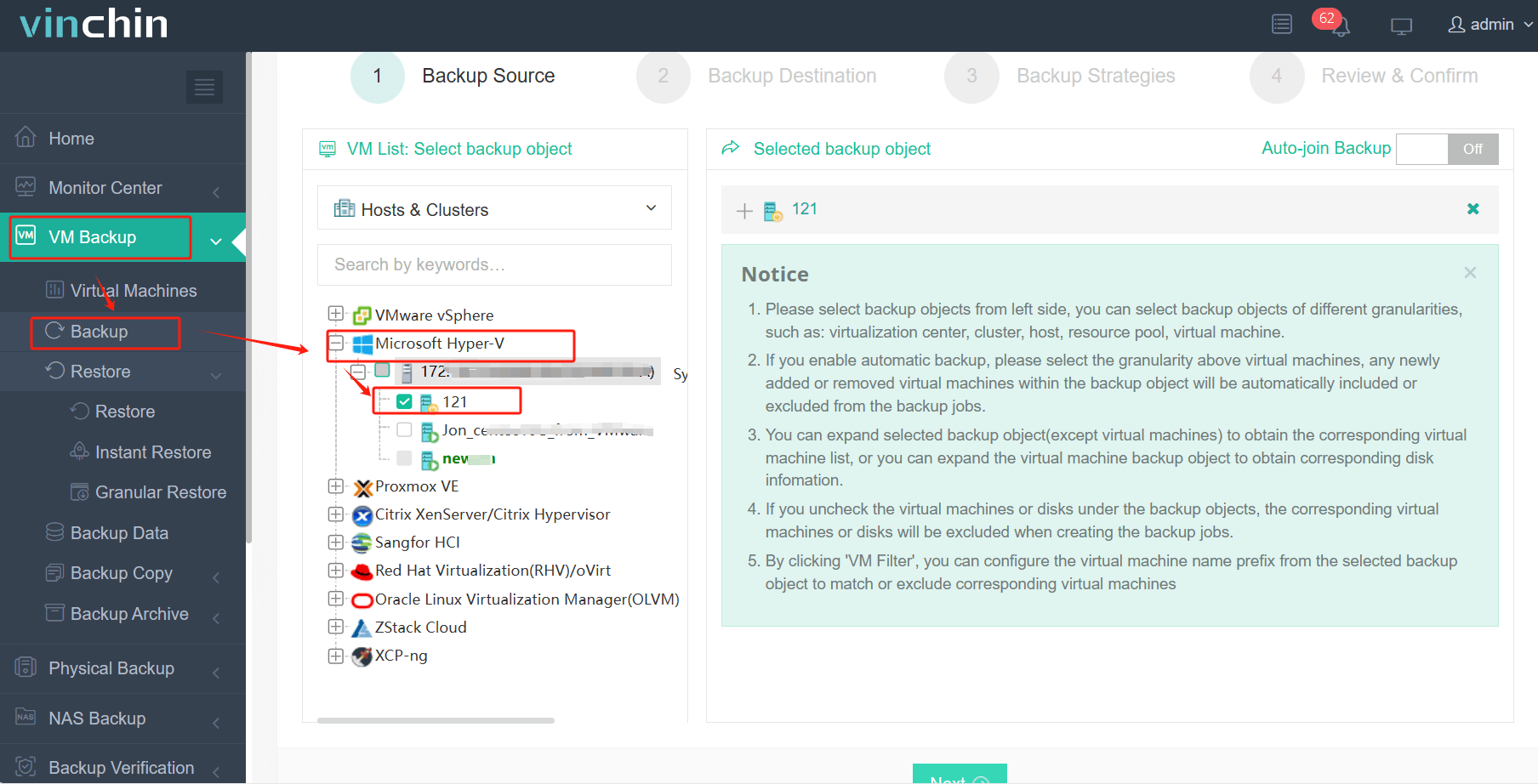
2. Select backup destination.
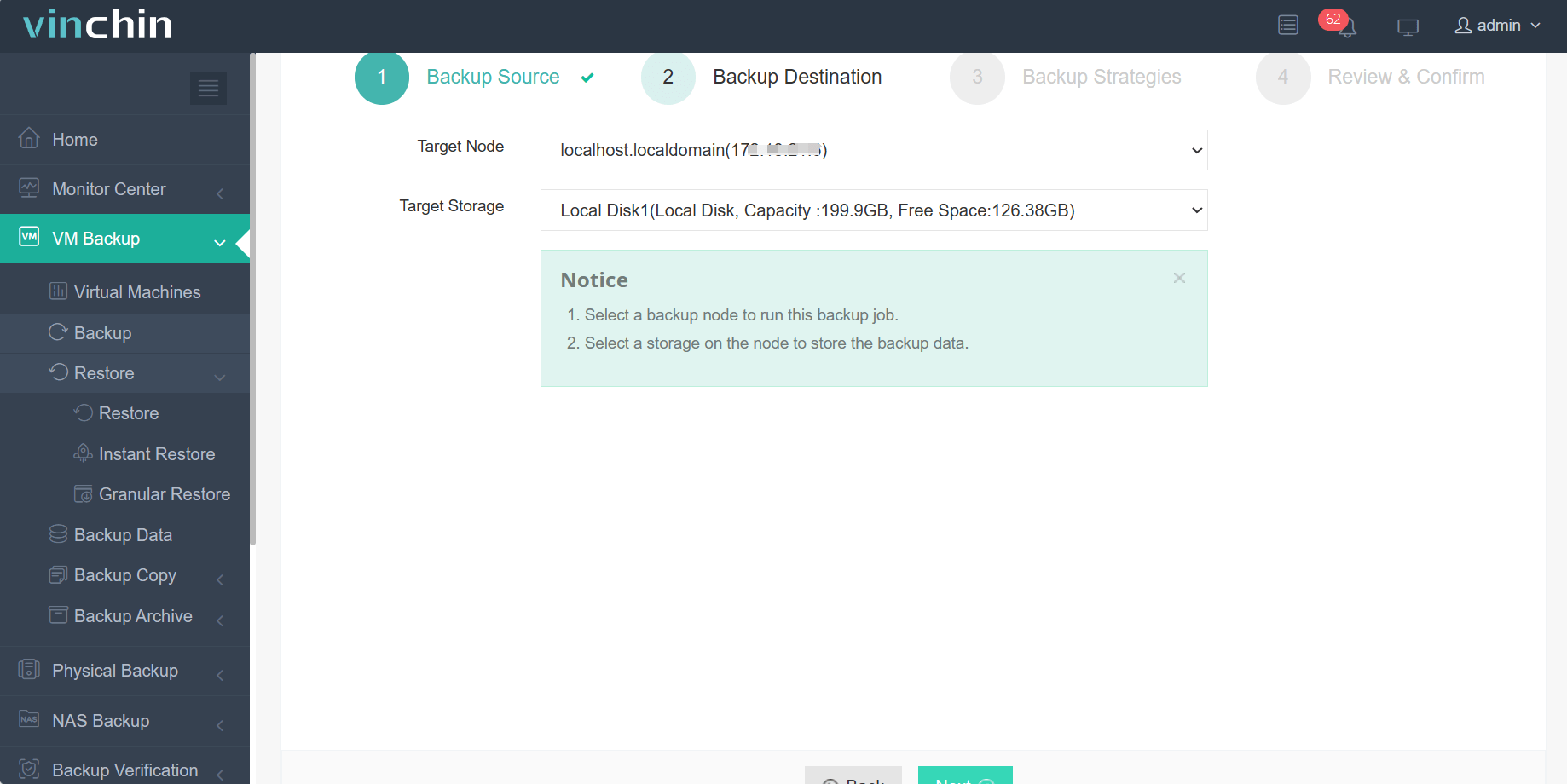
3. Configure backup strategies.
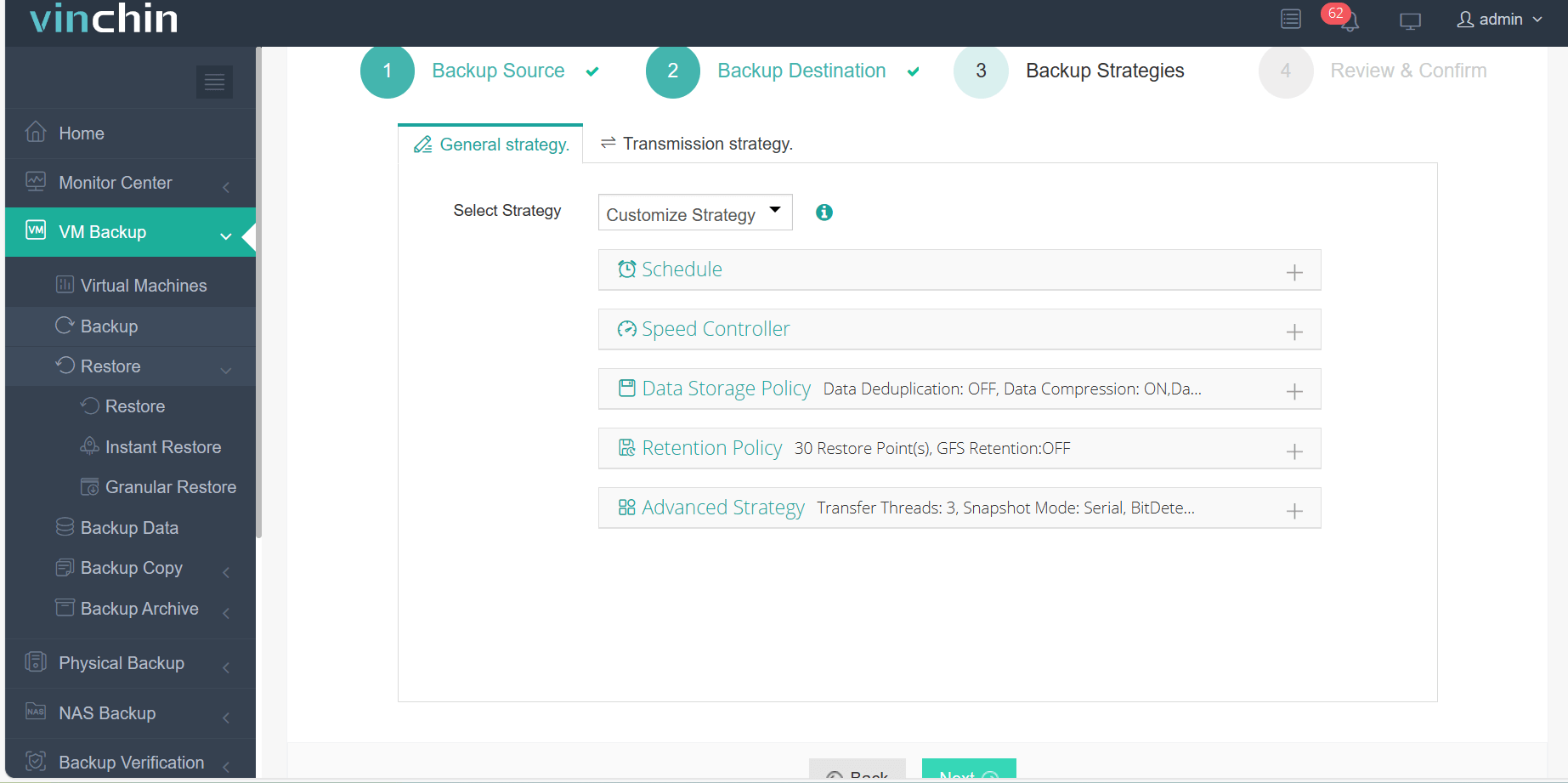
4. Review and submit the job.
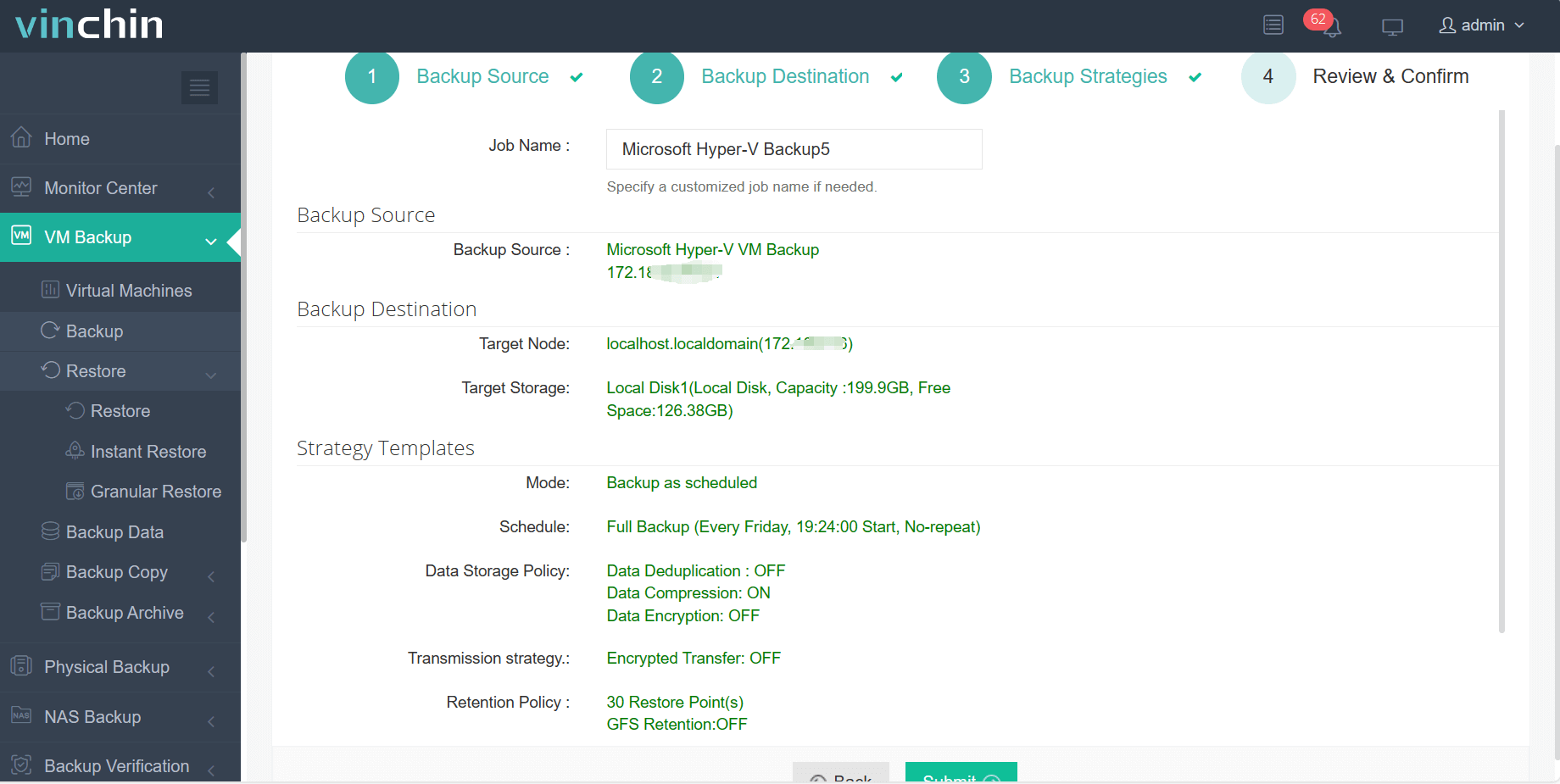
Come on and experience the full capabilities of this robust system with a complimentary 60-day trial! Contact us with your requirements, and you will receive a tailored solution for your IT landscape.
Hyper-V Integration Service FAQs
1. How do I check if Integration Services are installed?
In a Windows guest, run Get-Service vmic* in PowerShell to check if services are running. In Linux, use lsmod | grep hv to check if Hyper-V modules are loaded.
2. Can I disable specific Integration Services?
Yes, you can disable them in Hyper-V Manager under VM settings or via PowerShell using:
Disable-VMIntegrationService -VMName "VMName" -Name "ServiceName"
Conclusion
Hyper-V Integration Services plays a crucial role in enhancing virtual machine performance by providing essential drivers and services. By ensuring that Integration Services is properly installed and updated, you can optimize communication between virtual machines and the Hyper-V host, improving efficiency and functionality.
Share on:


